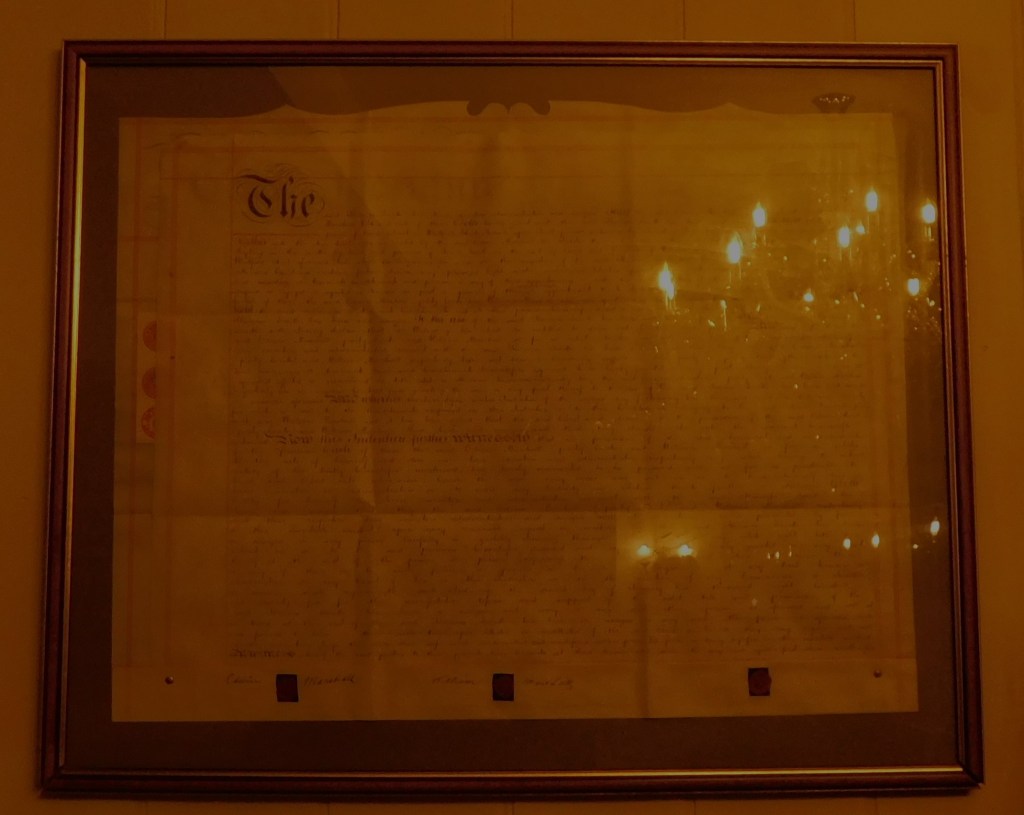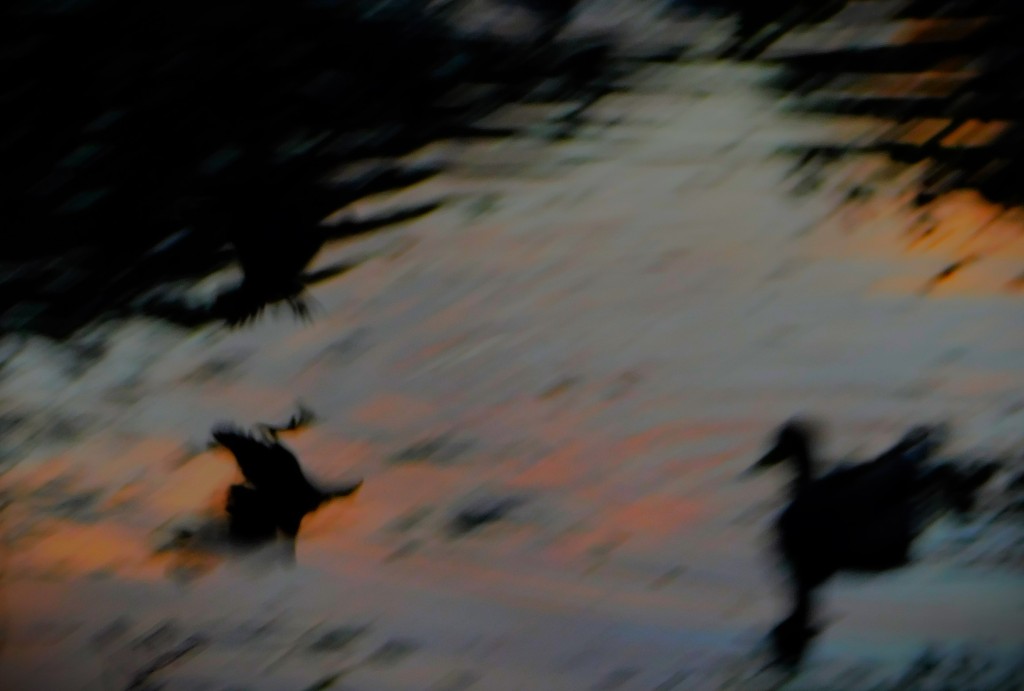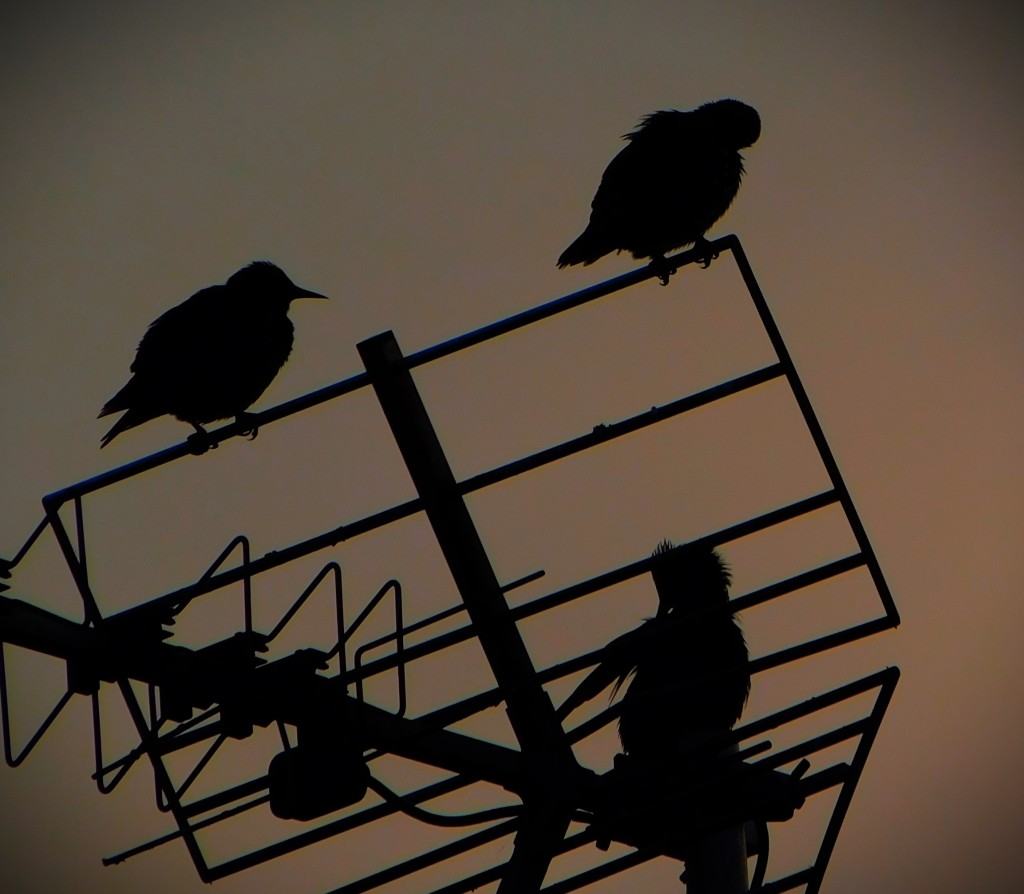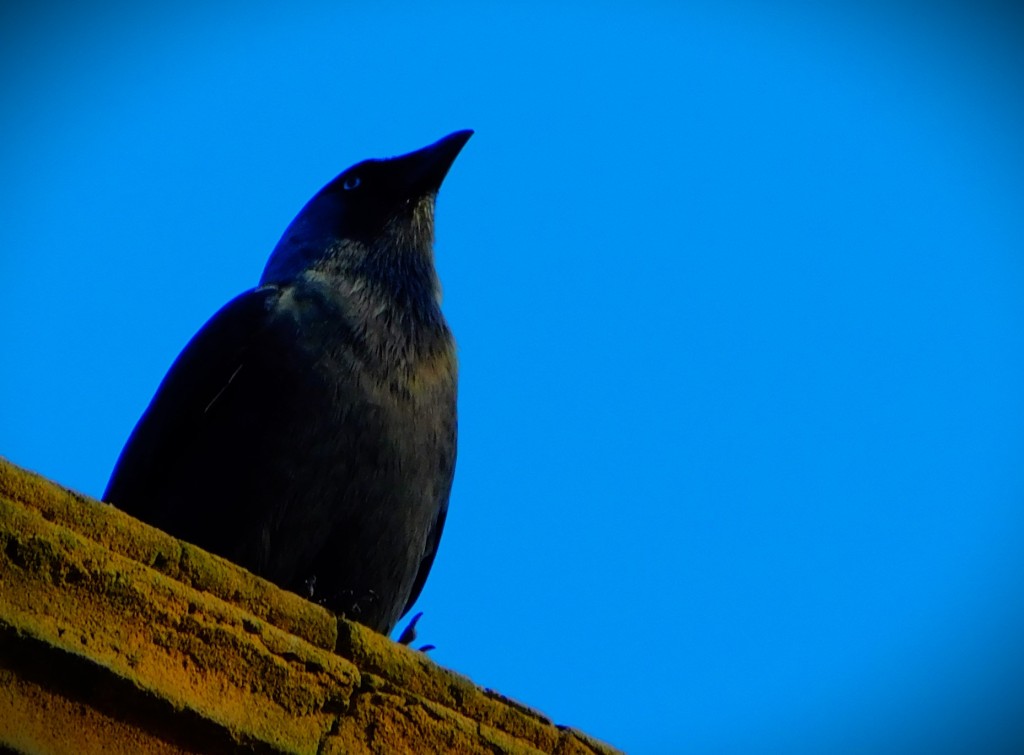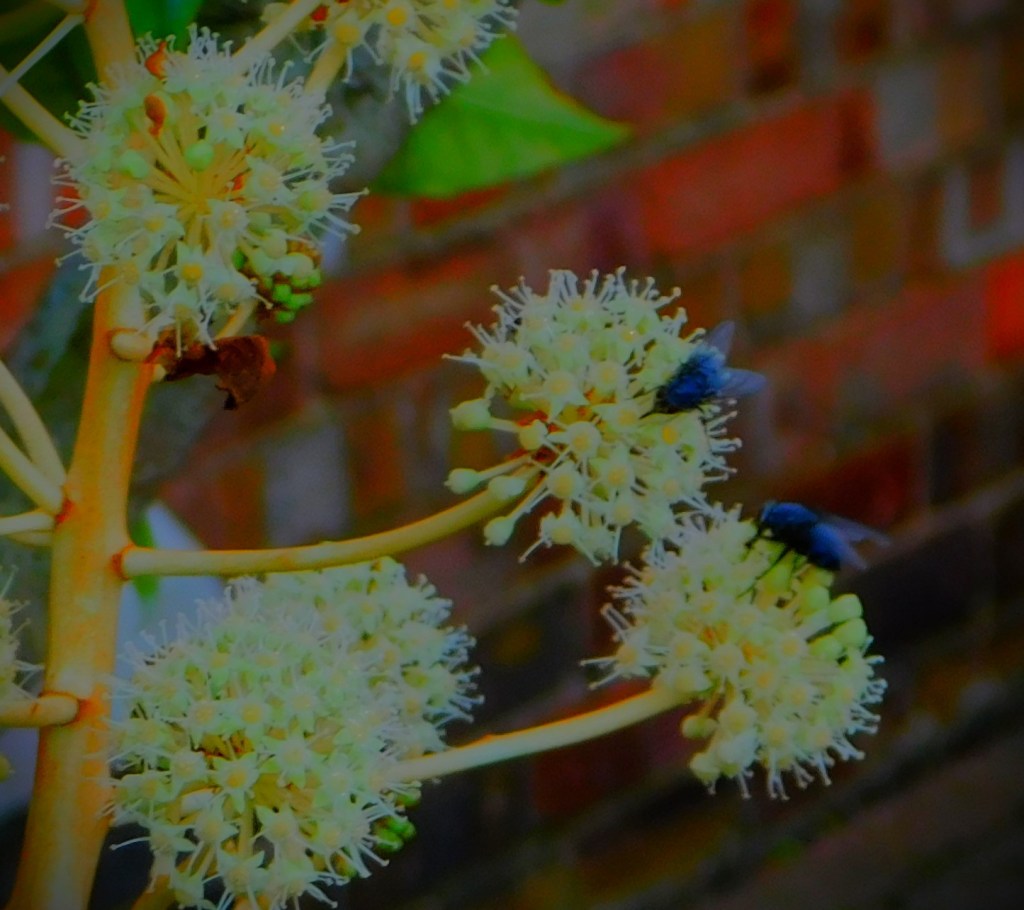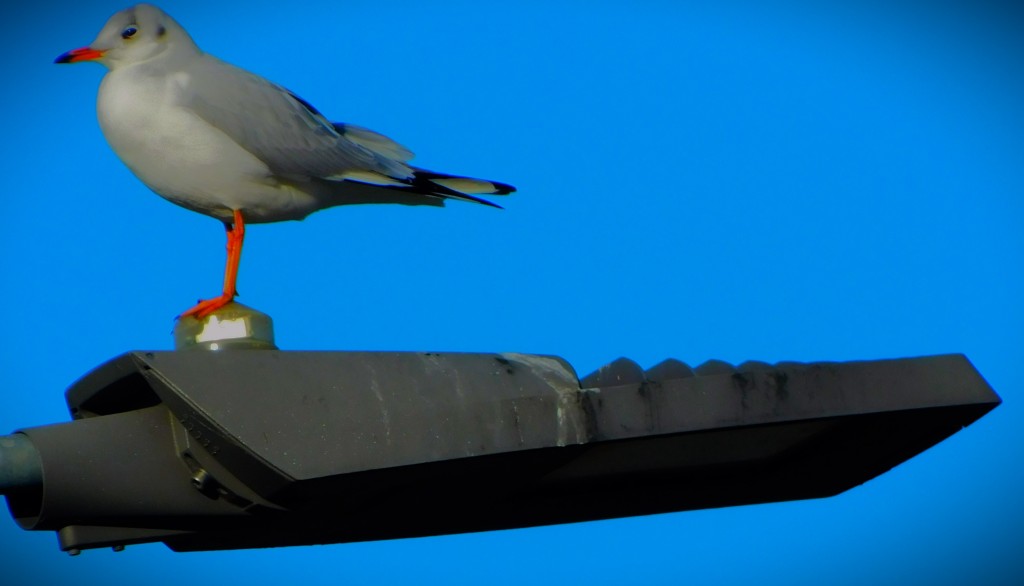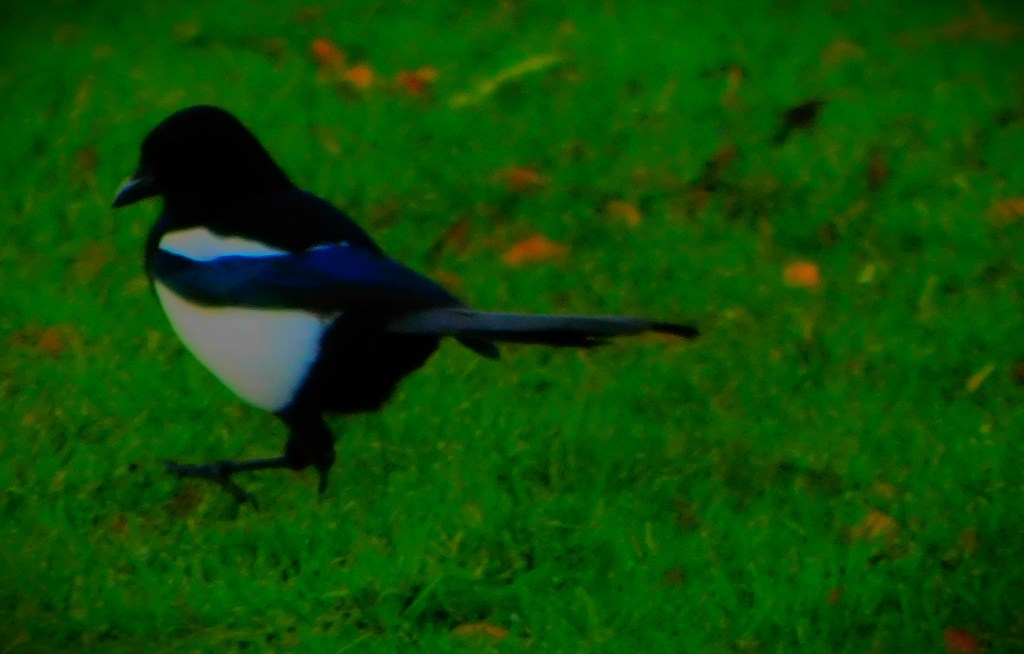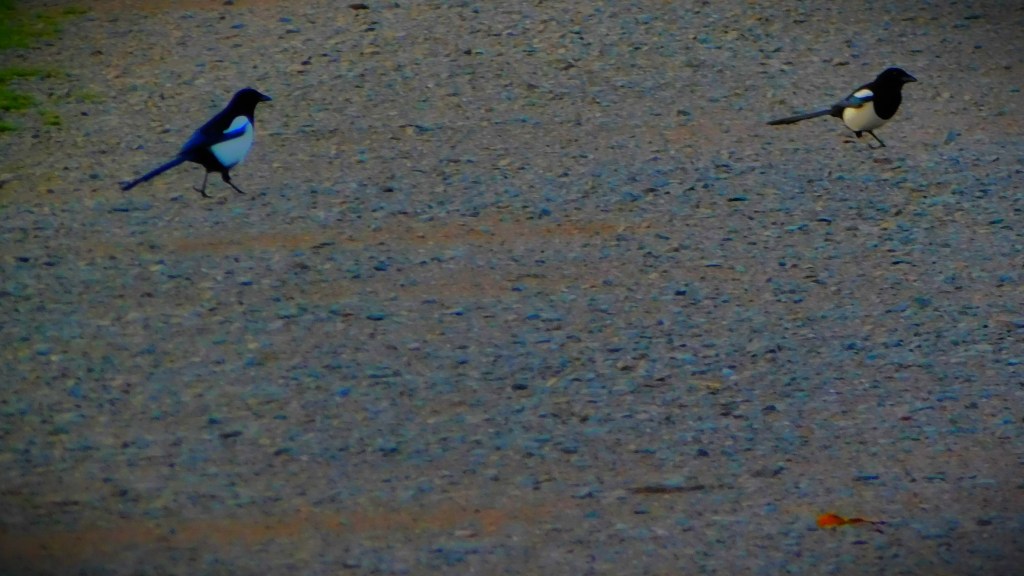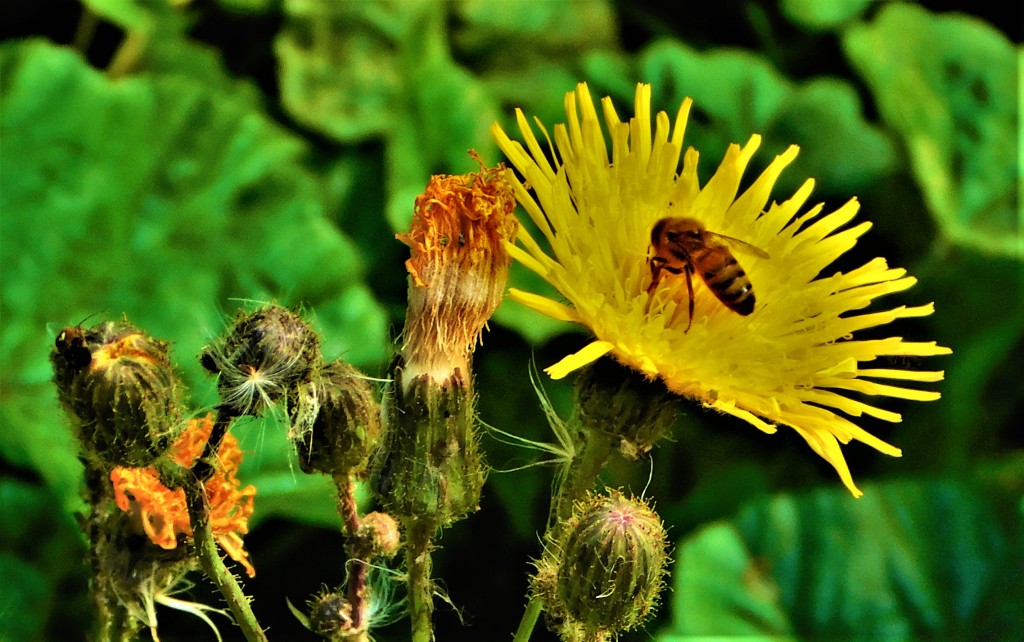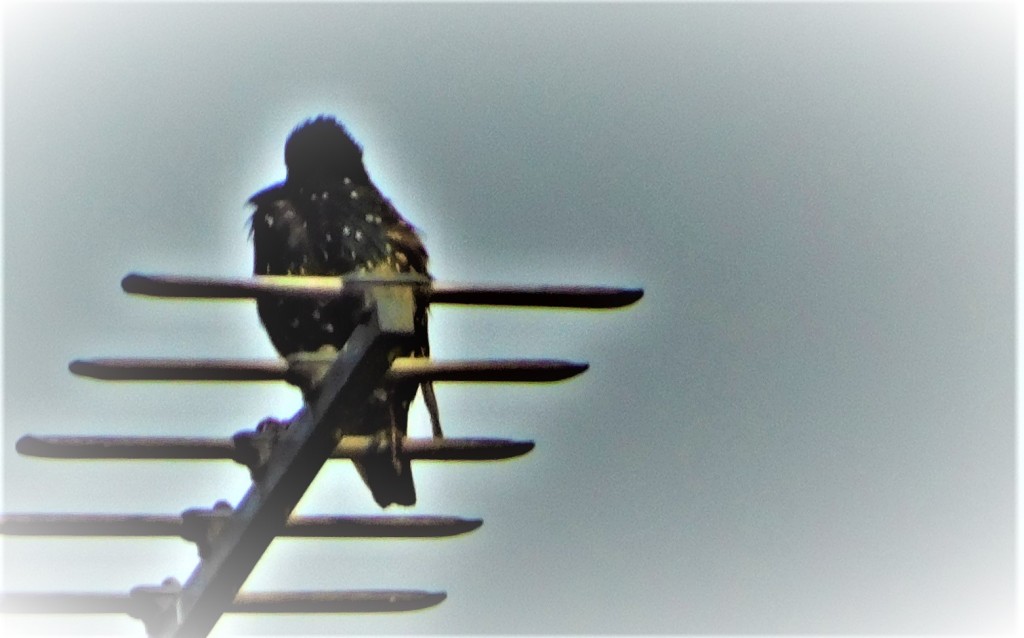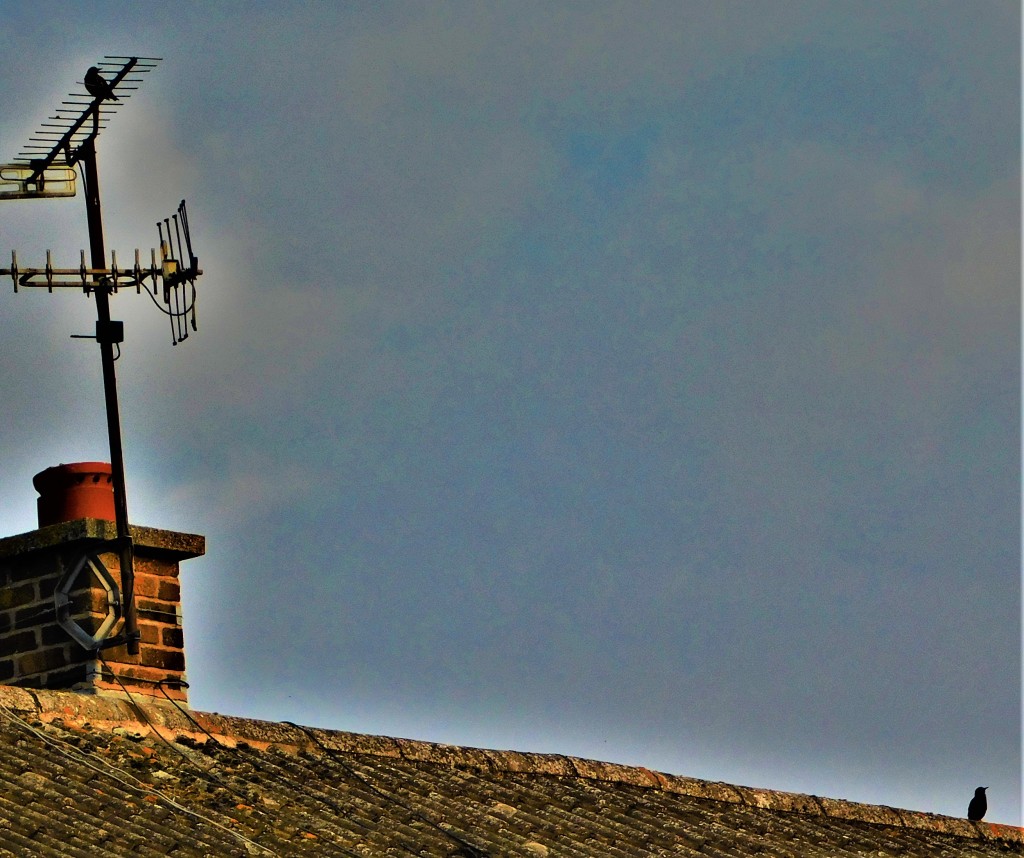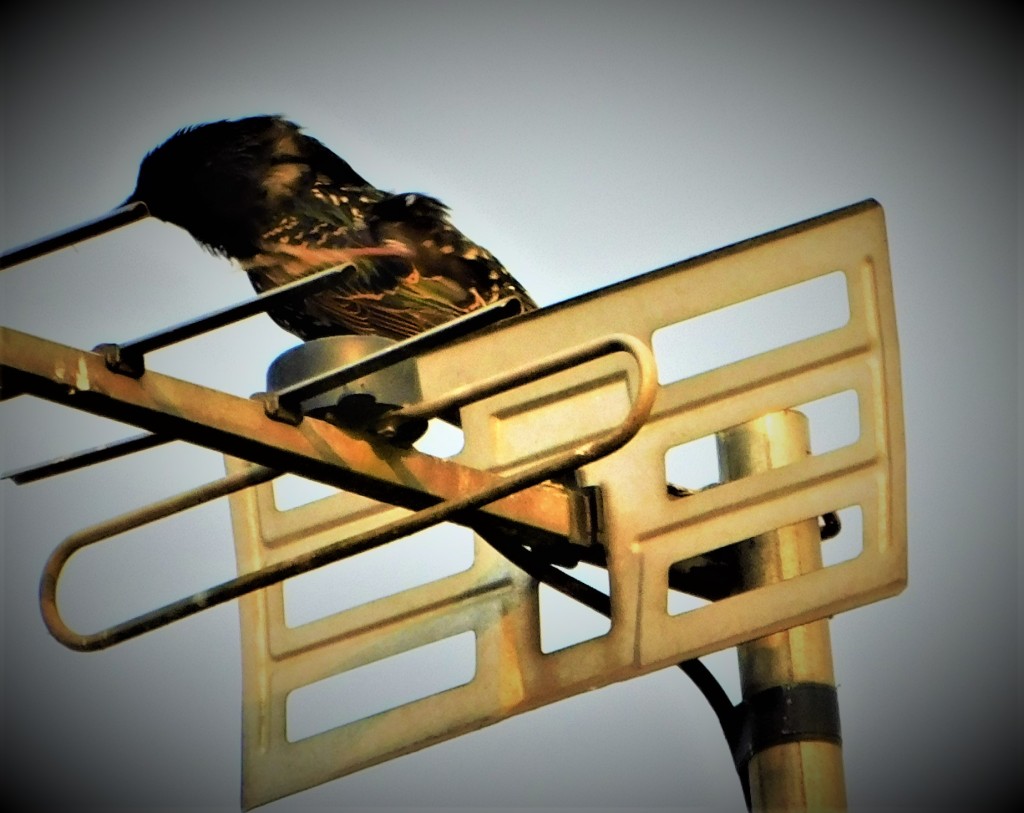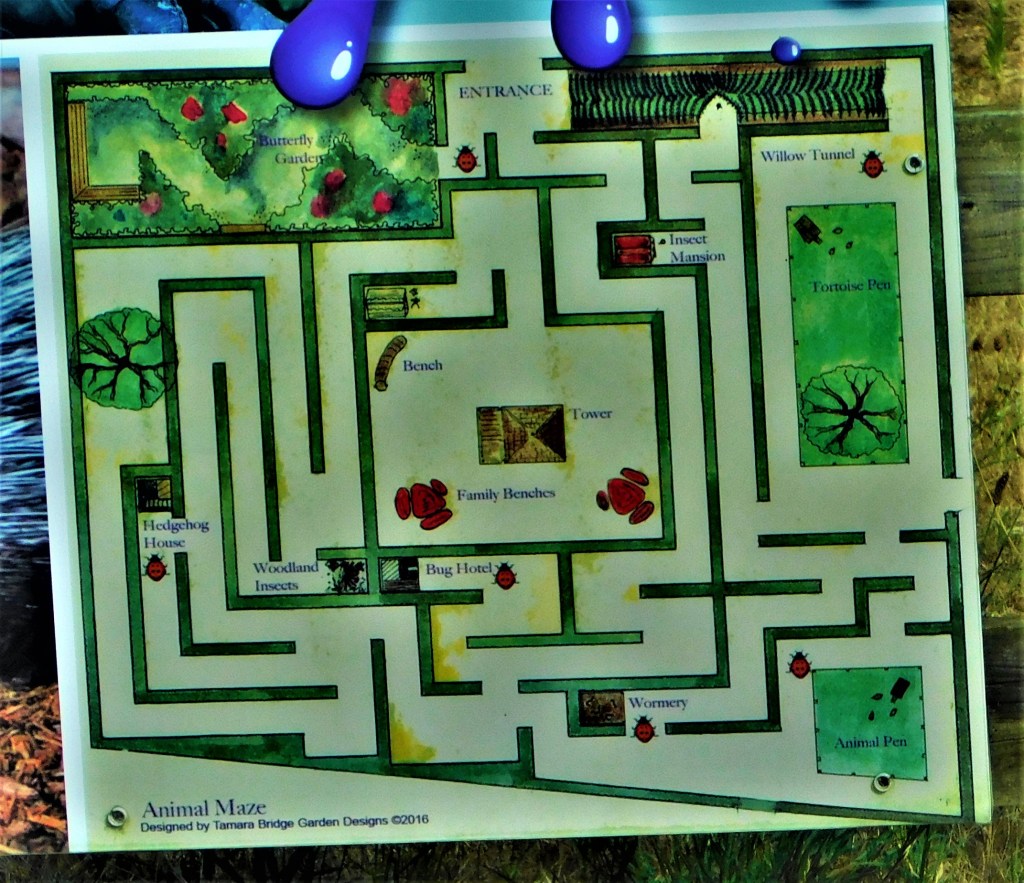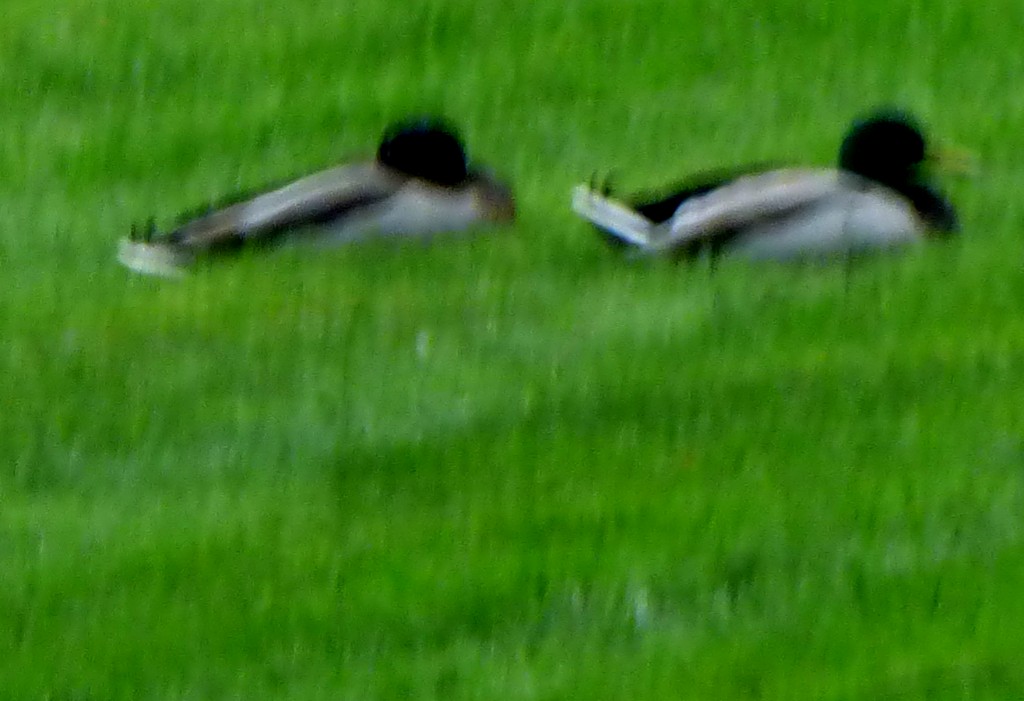Last year I took an alphabetical trip through cricketing surnames. This post may be the starting point for a trip through cricketing given names. For the moment it is an All Time XI of players whose given names all begin with A.
THE XI IN BATTING ORDER
- Andrew Strauss (left handed opening batter). One of the openers in the England test side that rose to number one in the world rankings in 2011.
- Andrew Stoddart (right handed opening batter). Captained England to an away Ashes series win in 1894-5, the first such series to contain five matches. In the second match of that series he scored a then England record 173 in their second innings. England, all out for 75 at the first time of asking managed precisely 400 more second time round and went on to win the match to go two up in the series. He also captained England at rugby union.
- Andrew Jones (right handed batter, occasional off spinner). No one’s idea of a stylish player, the Kiwi was a gutsy, gritty number three good enough average 44 in test cricket as part of what was not the world’s strongest batting line up.
- Aravinda de Silva (right handed batter, occasional off spinner). The Sri Lankan at one time held the test record score for his country with an innings of 267. He also produced Player of the Match performances in the semi-final and final of the 1996 ODI World Cup.
- *Allan Border (left handed batter, occasional left arm orthodox spinner, captain). The first ever to reach the career milestone of 11,000 test runs, and for about the first decade of his long career he was continually attempting to rescue lost causes.
- Alfred Mynn (right handed batter, right arm fast bowler). The greatest all rounder of his era, known as the Lion of Kent.
- +Adam Gilchrist (Wicket keeper, left handed batter). One of the greatest ever.
- Alan Davidson (left arm fast medium bowler, left handed batter). An all time great of the game, and his left arm angle adds variation to the attack.
- Andy Roberts (right arm fast bowler, right handed batter). The original leader of the four-pronged pace attack that made West Indies such a ferocious force in the late 1970s and on through the 1980s, and a handy lower order batter as well.
- Anil Kumble (leg spinner, right handed batter). The fourth leading test wicket taker of all time, behind Muralidaran, Warne and Anderson, and one of only three bowlers ever to take all ten wickets in a test innings (and only two of those, Jim Laker and Kumble, did so in winning cause).
- Allan Donald (right arm fast bowler, right handed batter). The first unquestionably great bowler of South Africa’s second incarnation as a test nation.
This side contains a powerful batting line up, with genuine match winners in that capacity occupying the top seven slots, numbers 8,9 and 10 all capable of useful efforts in that role and Donald the only genuine tail ender. The presence of only one genuine spinner is offset by the presence of Border and de Silva as back up options in that department, while the pace attack of Davidson, Donald, Roberts and Mynn is superb.
HONOURABLE MENTIONS
Angelo Mathews, who recently made history as the first player ever to be ‘Timed Out’ in an international match, has had a fine career without doing quite enough to dislodge any of my chosen players. Andrew Flintoff would be the choice of many for the all-rounders slot but the truth is he took a long time to deliver at the top level, and his time at the top was very brief before injuries spoiled the latter stages of his career. Two regular openers named Arthur, Messrs. Morris and Shrewsbury, a left hander and a right hander respectively, were both unlucky to miss out. Arthur Frederick Augustus ‘Dick’ Lilley was a potential candidate for the gauntlets, but the fact that he was always known by his nickname and the presence of Gilchrist persuaded me to give the latter the nod. Alyssa Healy was also a candidate for the gauntlets. Alec Stewart was a candidate for the openers role, but would have sneaked in under false pretences had I given him the gauntlets. Two Archies, MacLaren of Lancashire and England and Jackson of Australia deserve mentions. Two Alfreds, the impeccably accurate Shaw and the leg spinner Freeman merit mentions – the latter misses out because while his FC numbers were almost beyond belief his test returns were no better than respectable. Alec Bedser was a superb bowler, but I rank him behind my three chosen pacers. Angus Fraser had a fine career, but not quite good enough to merit serious consideration. Angus Alexander Patrick Atkinson, generally referred to as Gus Atkinson, is a highly promising young pace bowler and a competent lower order batter, but he is not as yet a serious challenger to any of my chosen pacers. Azhar Mahmood was a fine all rounder. Two current Aussie tweakers, Alana King and Amanda-Jade Wellington deserve mentions. Abdul Qadir who virtually kept the art of leg spin alive in the 1980s deserves the acknowledgement of an honourable mention. Ajaz Patel, in spite of having a test match all-ten, has to miss out – his side were soundly thrashed in the match in question, and his all-ten was more down to the absolute impotence of the rest of the bowling attack than to any particular brilliance of his. On a pitch that absolutely demanded two genuinely front line spinners I would drop Mynn, promote Gilchrist one place up the order and bring in Axar Patel at number seven. Albert Trott is a case of ‘what might have been’ and therefore it is only an honourable mention for him. Azmatullah Omarzai of Afghanistan may yet force his way in to this XI, but he is at the moment one for the future.
PHOTOGRAPHS
My usual sign off…


